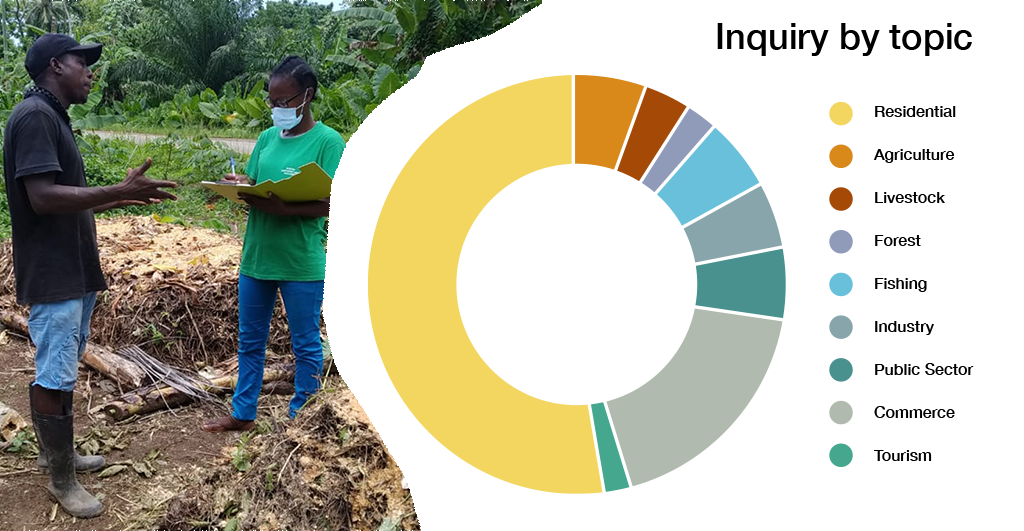Methodology
The methodological scheme developed for this project was based on the best available international practices, the guidelines defined by the Intergovernmental Panel on Climate Change (IPCC), the GHG Protocol guidelines and the experience of the team itself.
In order to determine the current state and the evolution of GHG emissions from ARP, the methodology was divided into two phases. At first, information gathering work was carried out to characterize emissions. In the second phase, the emissions of the reference scenario were calculated, and development scenarios were built for the region, culminating in the definition of the Roadmap.
Phase 1
Phase 2
Mitigation Measures Energy
Implementation of a 4,75 MW- peak solar plant
Energy distribution network improvement to reduce energy losses by 10%
Solar Hot Water – Solar water heating systems
Photovoltaic solar houses
LED solar lamps and solar public lights
Doubling the use of grid electricity in place of other energy sources
Decrease the operation of the thermal power plant to half of its capacity by 2050
Replacement of old equipment with more energy-efficient equipment (air-conditioning, refrigerators, etc.)
Introduction of more efficient electric, wood and coal stoves
Mitigation Measures Fishery and Agriculture
Strengthen and prioritize the use of areas with forest cover already removed for agricultural production
Intensify and stimulate the forestry consortium with agricultural activities
Increase the productivity of cultivated areas
Stimulate and promote the use of fertilizers of organic origin
Promotion of the use of improved boats equipped with rigs to better locate the fish
Promotion of fish conservation habits
Use of more efficient and properly maintained engines
Training of the fishing row
Creation of marine areas for fishing
Mitigation Measures Forest and Settlement
Develop forestry plantation and restoration actions
Improve the charcoal manufacturing process and the efficiency of the use of firewood and charcoal
Improve the yield of processing trees for timber purposes
Improve and intensify the management and use of forests, inspection actions and environmental monitoring
Reduce the conversion of forests to settlements
Mitigation Measures Mobility
Restrictions on the import of used cars
Electric collective transports (12m buses)
Design of tax incentives for electric mobility
Improved maintenance and use of motorcycles
Promotion of electric “Two/Three wheels”
Construction of new bicycle lanes
Mitigation Measures Waste and Wastewater
Gradual increase in the selective collection of waste
Design of a legal framework for hazardous waste and other type of waste
Creation of a controlled waste management zone (Pincanté dump)
Conducting awareness-raising actions for the separation of waste in communities and other entities in the region
Entrance control of materials that generate hazardous waste (batteries, batteries, oils, REE's)
Composting of sewage sludge + septic tanks and delivery of composters in the most remote communities
Design of basic sanitation infrastructures
Regulation of the industrial sector wastewater treatment
Construction of an Wastewater Treatment Plant
Regulation of the tourism sector wastewater treatment





